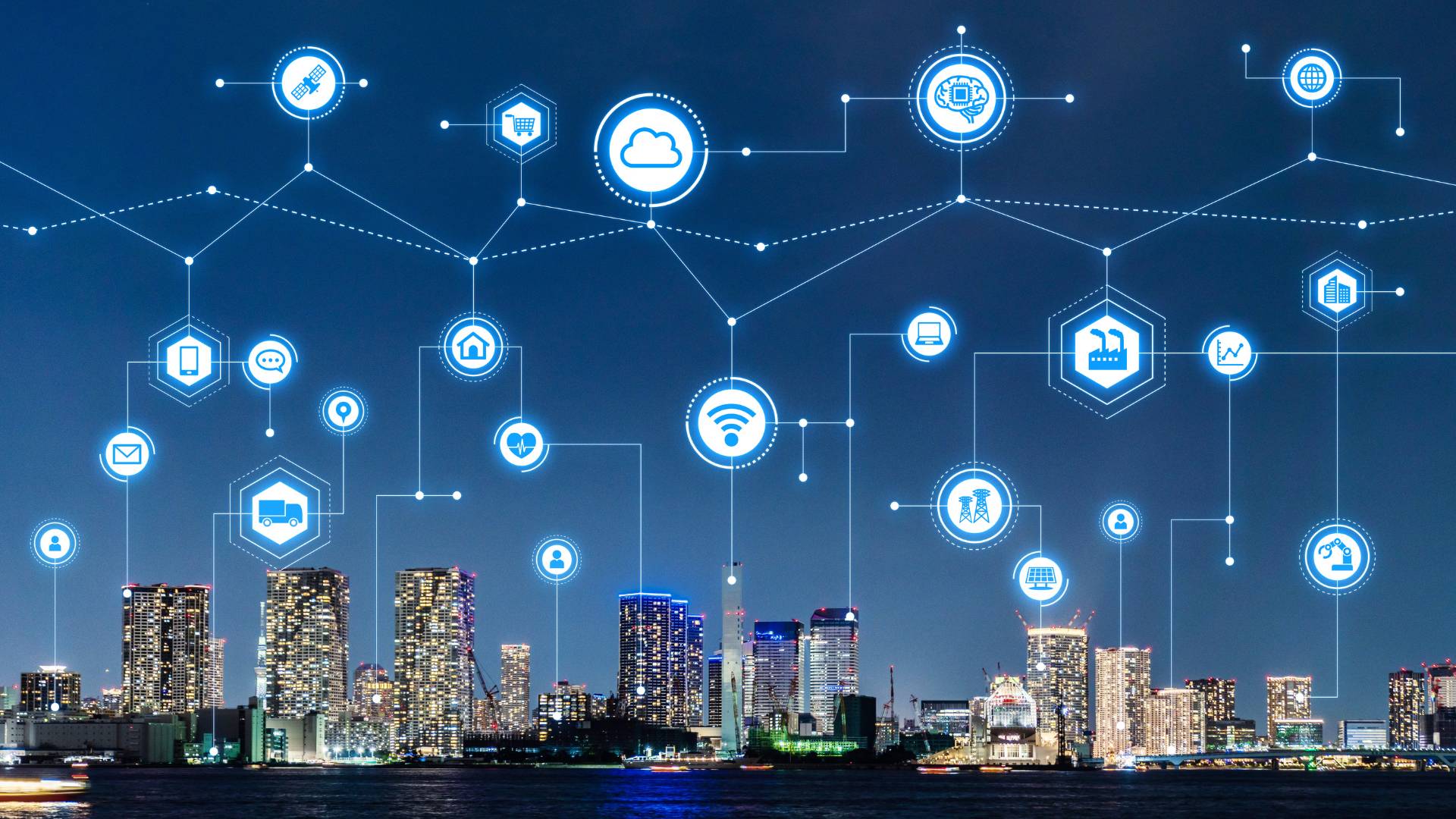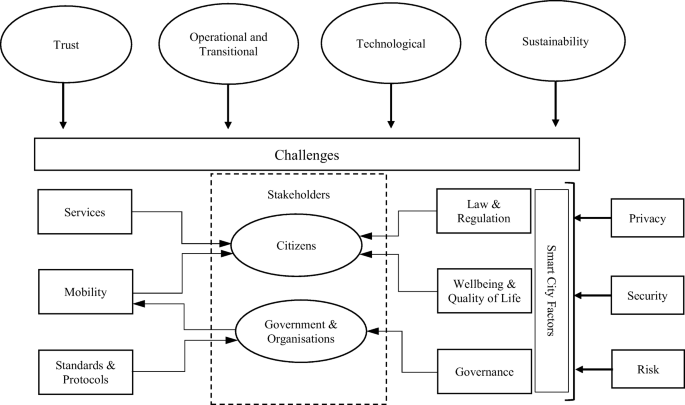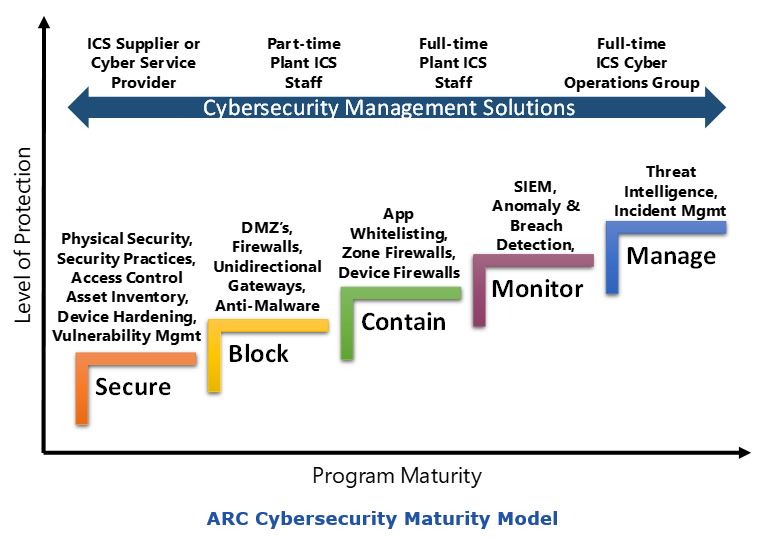Introduction:
As cities around the world embrace the promise of smart technologies to improve efficiency, sustainability, and quality of life, they also face a growing array of cybersecurity threats. Smart cities rely on interconnected networks of sensors, devices, and infrastructure to collect and analyze data, manage critical services, and enhance urban operations. However, the proliferation of connected devices and the digitization of city services introduce vulnerabilities that can be exploited by malicious actors. In this blog, we will explore the cybersecurity challenges facing smart cities and discuss strategies for addressing these concerns to ensure the safety, security, and resilience of urban environments.
1. Understanding the Cybersecurity Landscape:
Smart cities are characterized by a complex ecosystem of interconnected systems and devices, including IoT sensors, communication networks, data platforms, and control systems. Each of these components presents potential vulnerabilities that could be exploited by cybercriminals to disrupt services, compromise data integrity, or threaten public safety. Common cybersecurity threats facing smart cities include ransomware attacks, data breaches, phishing scams, and infrastructure tampering. To effectively mitigate these risks, city stakeholders must have a comprehensive understanding of the cybersecurity landscape and the potential threats facing their systems.
2. Securing IoT Devices and Networks:
IoT devices play a central role in smart city deployments, providing real-time data collection, monitoring, and control capabilities across various urban domains. However, IoT devices are often designed with minimal security features, making them susceptible to exploitation by cyber attackers. To address this challenge, smart cities must implement robust security measures to protect IoT devices and networks from unauthorized access and tampering. This may include deploying encryption protocols, implementing access controls, regularly updating firmware, and monitoring network traffic for suspicious activity.
3. Strengthening Data Privacy and Governance:
Smart cities collect vast amounts of data from sensors, cameras, and other sources to inform decision-making and improve service delivery. However, the collection, storage, and analysis of sensitive data raise concerns about privacy, data protection, and surveillance. To address these concerns, smart cities must establish clear policies and governance frameworks for data privacy and security. This may involve implementing data anonymization techniques, obtaining user consent for data collection, and ensuring compliance with relevant privacy regulations, such as GDPR or CCPA. Additionally, city stakeholders should prioritize transparency and accountability in data handling practices to build trust with residents and stakeholders.
4. Building Resilient Critical Infrastructure:
Critical infrastructure, such as transportation systems, water utilities, and power grids, are prime targets for cyber-attacks due to their central role in city operations and public safety. Smart cities must take proactive measures to strengthen the cybersecurity of critical infrastructure and enhance resilience against cyber threats. This may include conducting risk assessments, implementing cybersecurity controls, and establishing incident response plans to detect, mitigate, and recover from cyber attacks. Investing in robust cybersecurity measures can help prevent disruptions to essential services and minimize the impact of cyber incidents on city operations and residents.
5. Fostering Collaboration and Information Sharing:
Addressing cybersecurity concerns in smart cities requires collaboration and information sharing among various stakeholders, including government agencies, industry partners, academia, and cybersecurity experts. By working together, cities can leverage collective expertise, resources, and best practices to strengthen cybersecurity defenses and respond effectively to emerging threats. Collaborative initiatives, such as information sharing platforms, cybersecurity task forces, and public-private partnerships, can facilitate knowledge exchange and collaboration to enhance the overall cybersecurity posture of smart cities.
6. Promoting Cybersecurity Awareness and Education:
Cybersecurity is not just a technical issue; it also requires a cultural shift and awareness among city stakeholders, employees, and residents. Smart cities must invest in cybersecurity awareness programs and education initiatives to empower individuals with the knowledge and skills to recognize and mitigate cybersecurity risks. This may include providing training on cybersecurity best practices, raising awareness about common threats and scams, and promoting a culture of cybersecurity awareness and vigilance among city employees and residents.
Conclusion:





